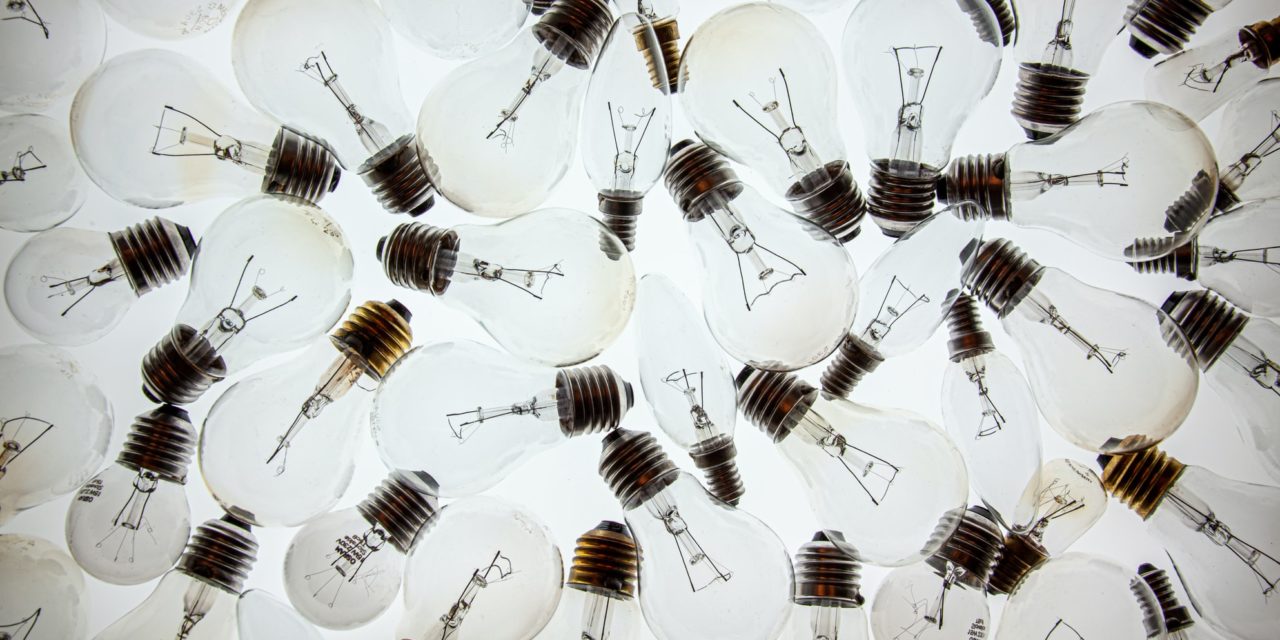[ad_1]
Installing LED tube lights is a great way to save money on electricity and get potentially hazardous fluorescent lights out of your home or office. However, most LED tube lights on the market today can not just be directly installed in an existing fluorescent fixture. You will have to make some simple modifications to the fixture to properly install the bulbs. The good news is that installing an LED tube light in an existing fluorescent fixture is relatively simple. In addition, you should be able to buy fixtures especially designed for LED tube lights in the near future, and they should actually be cheaper than the equivalent fluorescent fixtures. This article will provide a brief overview explaining what you need to know in order to install the new energy-saving fluorescent tube lights in an existing fluorescent lighting fixture.
Fluorescent fixtures are designed to support a specific types and size of fluorescent tube. A fluorescent tube is incorporated into a fluorescent lighting system which consists of two or three main components: (1) the fluorescent lamp (fluorescent bulb or tube), (2) the ballast, and (3) the starter system. In addition, the system for a tube lamp includes a lamp holder and a switch. Depending on the particular fluorescent lighting system, the starter may be a replaceable component, a starter may not be required, or the starter function may be integrated into the ballast. The starting function may also rely on the physical design of the fixture. To retrofit a fluorescent light fixture to support an LED tube light, the ballast (and the starter if a separate one is present) must be disconnected.
Make sure that the LED replacement tube lights are the correct size for the fixture. Also, always remember that when servicing a fluorescent fixture or lamp for any reason, electrical power to the entire fixture should be disconnected. This is not always practical in situations where a large number of fixtures are controlled from the same power control (such as in open office areas). In these cases, insulating gloves and a nonmetallic ladder should be used if the fixtures must be serviced when power is present.
You will need a few simple tools, including a wire cutter and wire stripper (often incorporated into the same tool), a pair of pliers, a screwdriver, and a few wire nuts for reconnecting the wires once you have removed the ballast.
Once the old bulbs are removed from the lamp holders and the electricity to the fixture is turned off, you will probably have to remove the reflector that is located behind the bulbs and provides a housing for the wiring and ballast that lie behind it. Typically, it is fairly simple to remove the reflector or cover, but if it is not clear how to do this, you should consult the documentation from the fixture manufacturer.
If the fixture has an electronic ballast, you only need to remove that and then wire the power directly to the lamp holders, completing one circuit for each bulb. This is fairly simple, and typically you can use the existing wire in the fixture and then just add some wire nuts. If you have an older fixture with a magnetic ballast and starter, you will have to remove or open the starter and remove or short the magnetic ballast.
Depending on how much wire you have to work with, it is a good idea to leave long enough wires leading out of the ballast to be able to reconnect the ballast with wire nuts, if you should ever want to convert the fixture back to use for fluorescent bulbs or want to use the ballast somewhere else. Typically, the ballast will have two screws or bolts holding it in place in the fixture, and these can be removed using a screwdriver or pair of pliers, as appropriate. The ballast should be disposed of in accordance with local regulations as should the old fluorescent bulbs. Because the fluorescent bulbs contain a small amount of highly-toxic mercury, they should be treated as hazardous waste and disposed of accordingly.
Once the ballast (and starter, if one was present) have been removed and the wires reconnected to complete a circuit for each bulb, replace the reflector or cover over the wiring and the area where the ballast was located, and the LED tube lights can be inserted in the end sockets. Unlike fluorescent bulbs which do not have a top or bottom, an LED tube light will have an obvious top and bottom, with metallic heatsink located on the backside of the tube and the LEDs visible under a lens on the side that will be aimed towards the area to be illuminated. Place the cover back on the fixture (if there was one) and turn on the electricity. Turn on the switch and if you have done everything properly, you should have as good or better lighting using approximately half the electricity and lasting as long as 50,000 hours or more.
[ad_2]
Source by James Wentworth


